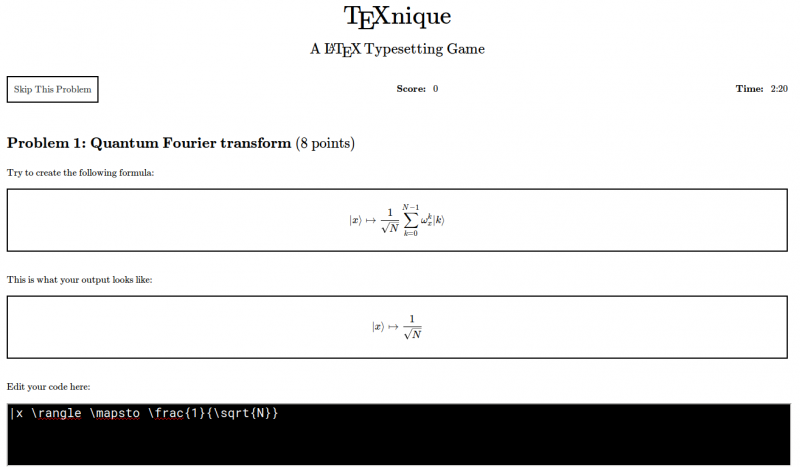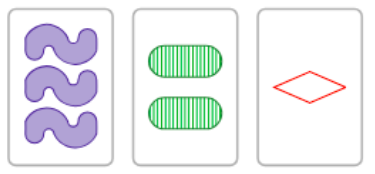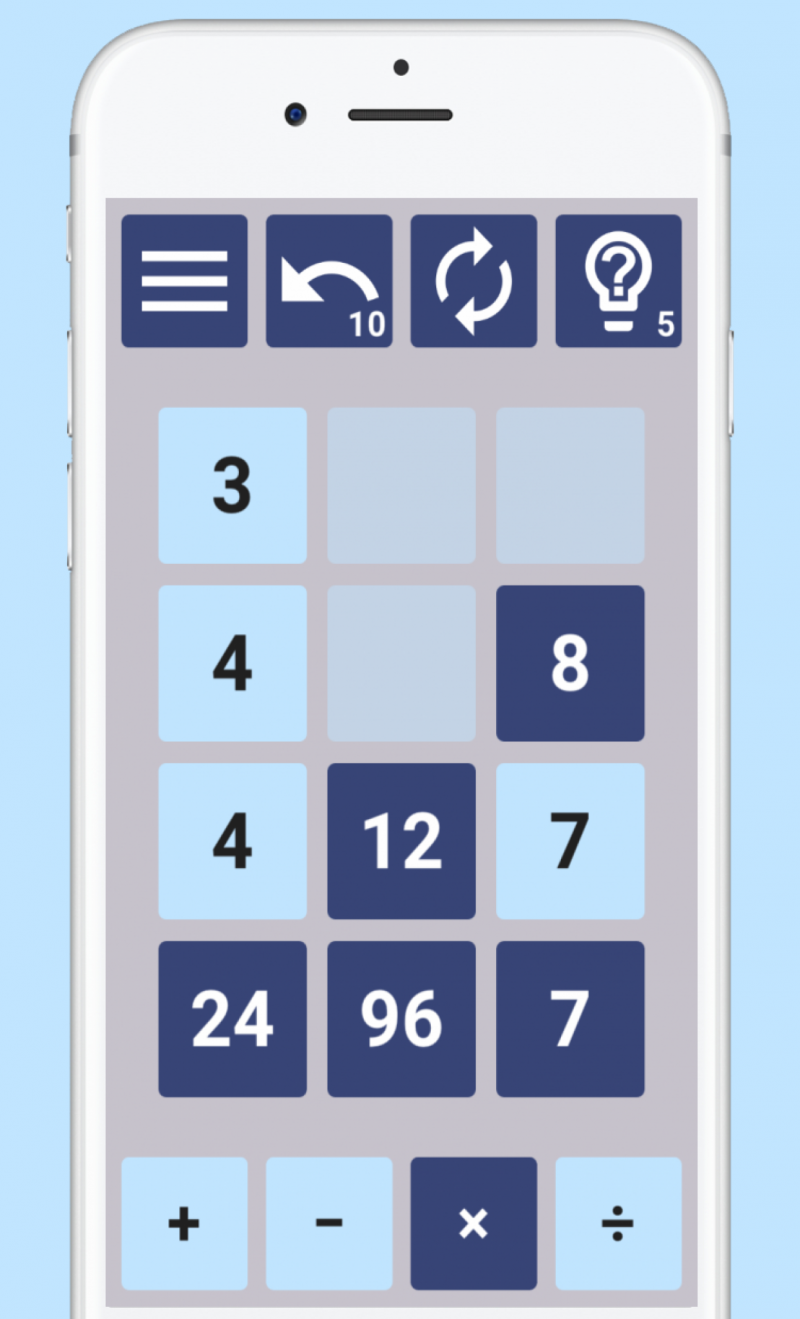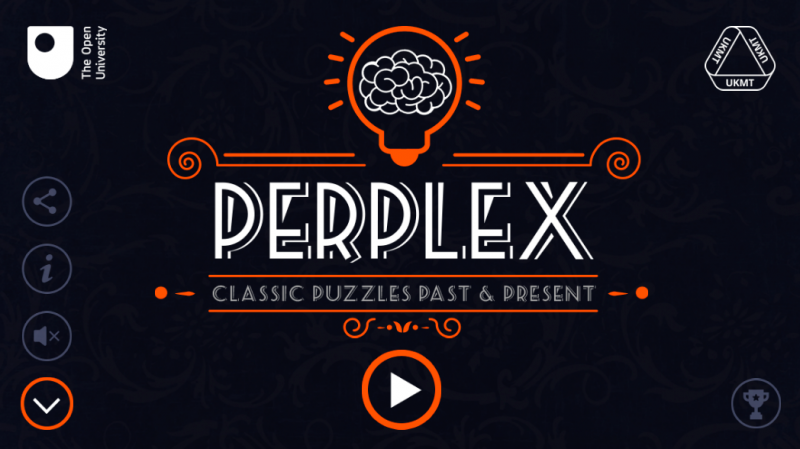Here’s a game I’ve been trying to make for a while.
For a while I’ve had a hunch that there’s fun to be had in moving between numbers by using something related to the prime numbers.
Over the years I’ve tried out a few different ideas, but none of them ever worked out – they were either too easy, too hard, or just not interesting. This time, I think I’ve found something close enough to the sweet spot that I’m happy to publish it.
Prime Run is a game about adding and subtracting prime numbers. You start at a random number, with a random target. Your goal is to reach the target, by adding or removing any prime factor of your current number.



